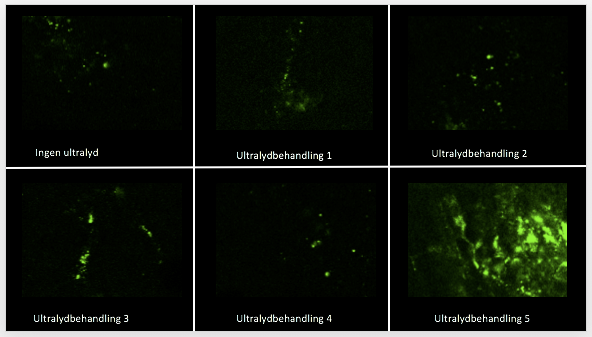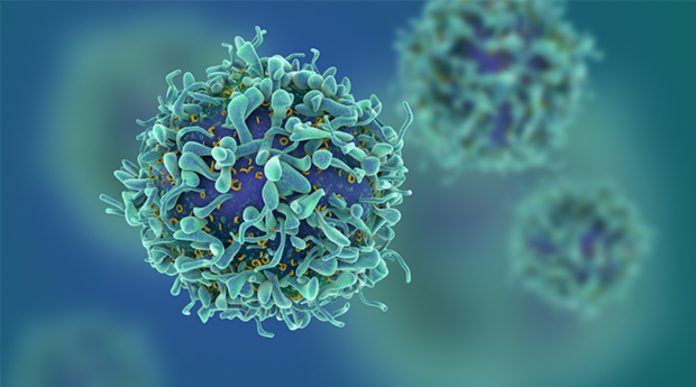Chemotherapy has helped a great number of cancer patients over the time we’ve been using it for treatment. However, at the same time as it destroying cancer cells, it weakens the body in other areas, causing many people to suffer from major side effects as a result. Also, because current treatments don’t specifically target cancer cells, less than 1 percent of the drug actually reaches the tumor.

Sofie Snipstad is a recent graduate from the Department of Physics at the Norwegian University of Science and Technology (NTNU) who is currently working on how we can better direct chemotherapy drugs to reach the cancerous cells only. Just last year she presented her research at the Researcher Grand Prix (a science communication competition fir Ph.D. candidates) in Norway and won. During the competition, she was still just testing her method of cancer treatment on mice. Now that competes, Snipstad confirms, the method can in fact cure cancer in mice.
Having just been published in the journal Ultrasound in Medicine and Biology, Snipstad’s study involves a method that specifically targets cancerous tumors with chemotherapy. Experiments were conducted using mice with aggressive forms of breast cancer and the results are that as well as the tumors disappearing, cancer has not returned in any of them. “This is an exciting technology that has shown very promising results. That the first results from our tests in mice are so good, and that the medicine does such a good job right from the start is very promising,” says Snipstad.
The targeted method is only made possible through the use of nanoparticles. Once these nanoparticles containing cancer drugs are injected into the bloodstream they are prevented from harming healthy cells because of their size. They are so large that they remain in the blood vessels the majority of the time. Tumors’ blood vessels, however, have porous walls that allow the chemotherapy to works its way into the cancerous cell. Results from Snipstad’s research show that this method supplies 100 times more chemotherapy drugs to the tumor in comparison to chemotherapy on its own. “For the treatment to be effective, it has to reach all parts of the tumor. So our nanoparticles need help to deliver the medicine,” Snipstad confirmed.
The nanoparticles used during Snipstad’s research are unusual because they have the ability to form small bubbles that contain chemotherapy drugs. As an ultrasound we applied to the tumor it causes theses bubbles to vibrate, eventually causing them to burst and releasing the nanoparticles as a result. These are then pushed towards cancerous tumors. Snipstad says, “By using ultrasound to transport the chemotherapy-laden nanoparticles into the tumors, our research on mice has shown that we can deliver about 250 times more of the drug to the tumor compared to just injecting chemotherapy into the bloodstream alone.”
As part of the research, Snipstad has grown cancer cells and examined them closely under a microscope. In doing this she has seen first hand how the nanoparticles camouflage the chemotherapy drug allowing the cancer cells to take them in. But, it will only work if the nanoparticles release the cancer drug in exactly the right place. Thankfully, Snipstad confirms, “We can do that by changing the chemical composition of the nanoparticles so that we can tailor properties, including determining how quickly the nanoparticles break down.”
Even though results from the study are promising, it will still be a while before this method will be trialed in humans. According to Snipstad, it can take as long as 10-20 years from the time it was discovered until it can actually be used as a viable treatment. “We’ve been working on this about six years, so we still have a lot to learn. We need to understand more about the mechanisms behind our success and we have to do much more work using microscopes to understand what is happening inside the tissues,” says Snipstad.
This kind of research could also help pave the way to finding better treatment for brain diseases. As Snipstad confirmed, “By using ultrasound and our bubbles we have managed to deliver nanoparticles and drugs to the brain. This may be promising for the treatment of cancer and other diseases in the brain.”
More News to Read

